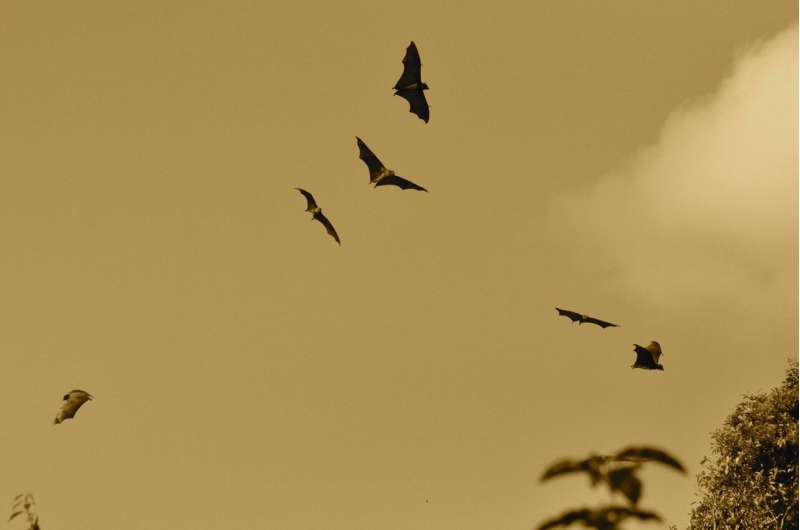How echolocation adapts to environments

Eran Amichai, a postdoctoral fellow in ecology, evolution, environment and society, studies how echolocation signals differ within a population of big brown bats. Amichai records echolocation signals to identify specific bats, and then films the individuals in a large chamber with open and wooded areas to see whether the unique sensory signals are optimized for open or wooded environments.
The research, conducted within the sensory ecology lab led by Hannah ter Hofstede, an associate professor of biological sciences, shows some bats within a population have sensory patterns better suited to a particular environment.
The findings could support bat conservation efforts, Amichai says.
"Knowledge is valuable by itself, but this specific project also has real-world consequences. It gives us a better understanding of how large populations of animals can survive in a given area that has inherently limited resources."
Provided by Dartmouth College




















